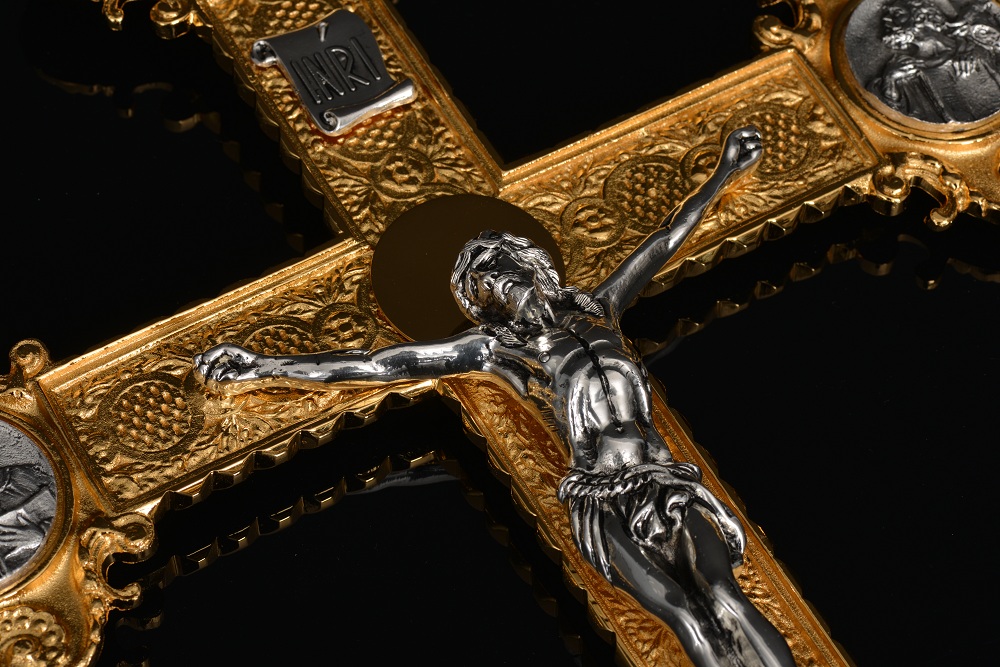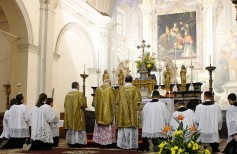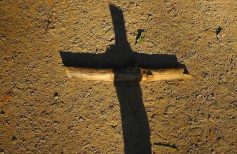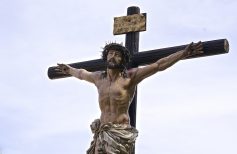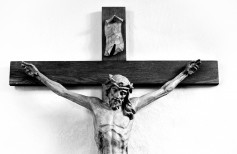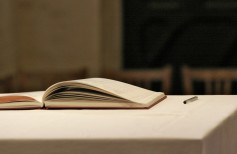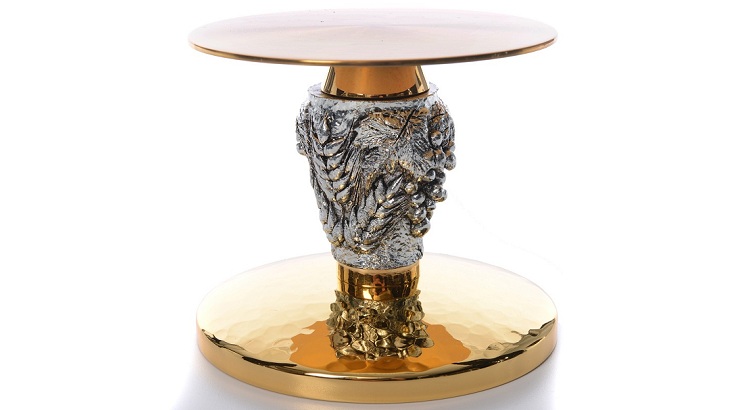Processional crosses are mounted on long beams, which allow you to carry them in procession; are carried by an altar boy or a minor priest and usually lead the procession. In most cases, once you enter the church and reach the presbytery, processional crosses are set aside, but sometimes they can replace the crucifix, where it is not present.
The use of processional crosses is very old and has its origins from the importance attached by the Church from its beginnings to the diffusion of the figure of the crucified Christ, symbol of Faith and Resurrection. At first processional crosses did not have any support, or were mounted on separable beams: they were kept in the hands of those who opened the procession, and once in the church, were placed on the altar and honored with incense and bowing.
The need for them to be clearly visible from all sides, from whoever followed the procession, has meant that from the beginning the crosses were decorated front and back with the image of Christ, but also with figures of Saints or the Madonna.
The importance of processional crosses is not only liturgical but also civil, as a symbol of the church or parish that uses them. A powerful symbol, which goes beyond the confines of the building, to take the streets, to be carried out before the eyes of the people, of the faithful and not, with a value that precisely transcends purely religious meaning, to embrace a higher and deeper sense of unity and sharing, which has roots in the territory and common history.
This value has meant that particular attention was paid to the choice of materials with which the processional crosses were made, and art dedicated to their creation. The crosses must capture attention the instant they appear, like headlights of the Faith.
Discover more than 30 models of processional crosses in the catalog Holyart.co.uk.

